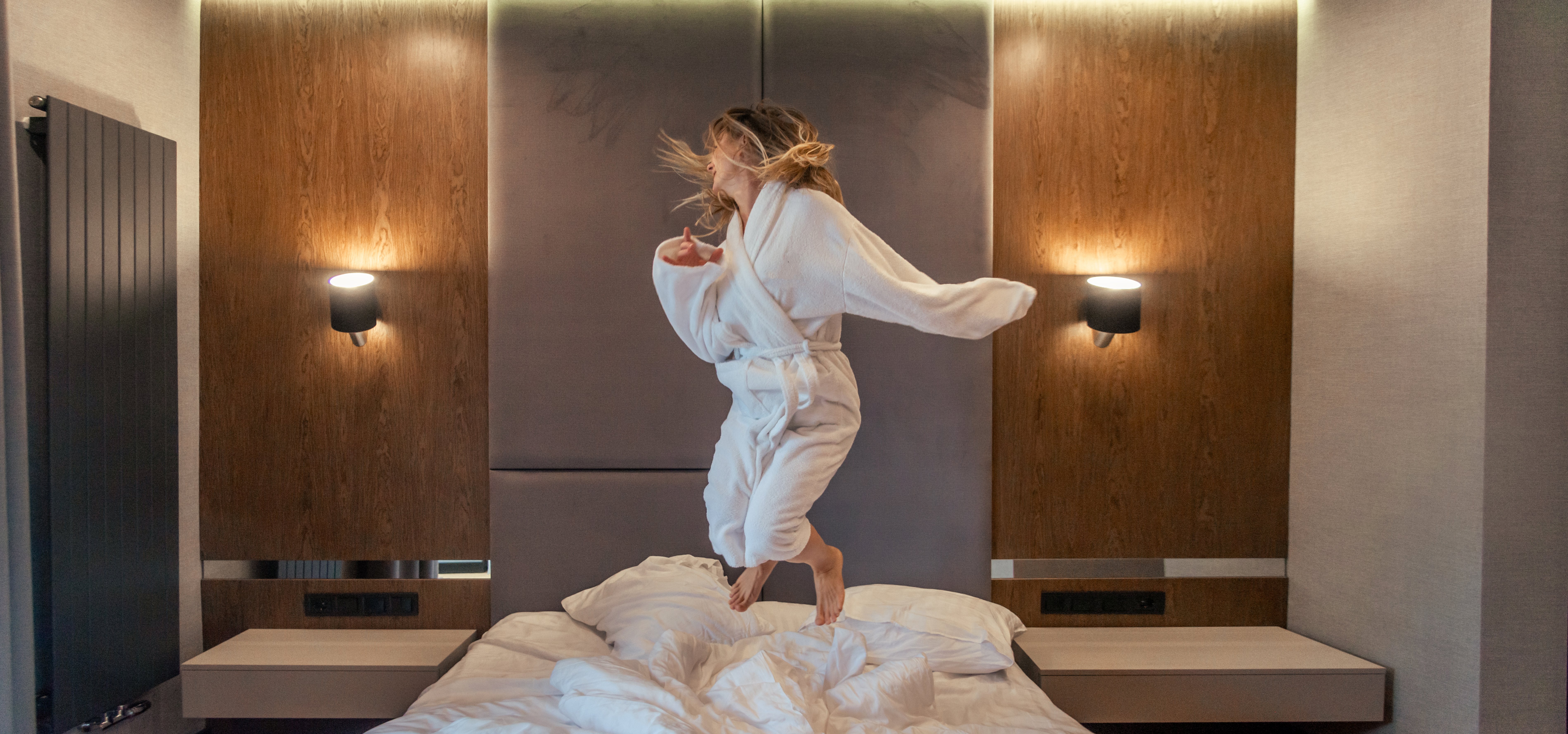Smart property rate management could be the key to boosting both your occupancy and revenue. In today’s fast-paced and competitive hospitality market, finding the balance between pricing and availability is critical. You want to maximise bookings without undervaluing your rooms—and that’s where intuitive rate management comes in.
With the right tools, you can respond to demand in real time, optimise your pricing strategy, and make smarter, data-driven decisions that increase profit without adding extra workload.
Below, we’ll explore how intuitive rate management works, why dynamic pricing matters, and how it all connects through your PMS.
What is an intuitive rate manager?
An intuitive rate manager gives you the flexibility to adjust room prices in real time based on demand. These PMS tools analyse live market data to recommend optimal pricing, ensuring you're always competitive.
They won't block bookings or over-inflate prices. Instead, they raise rates only when guests are likely to pay and lower them when needed to fill rooms. Some even offer last-minute deals for unsold inventory.
Best of all, you stay in full control. Set occupancy goals, pricing rules, and custom limits to match your strategy. You make smarter, faster pricing decisions, without guesswork.
How dynamic pricing helps your property
Revenue management software is no longer a luxury—it’s essential. With the unpredictability of today’s hospitality market, dynamic pricing helps you stay competitive and agile.
Here are seven reasons you (and your property) should embrace rate management:
- More revenue: These solutions show the sweet spot for pricing your rooms. With a dynamic rate, you won’t lose money on new bookings.
- Fewer empty rooms: A dynamic pricing tool also shows you how much is too much. You won’t push guests away, meaning more overall bookings.
- Walk-in availability: You may want a few rooms free for walk-ins. Dynamic rates help you keep some slots for anyone needing a room that night.
- Smarter deals: Smart pricing helps you offer deals where helpful. If a room would otherwise go to waste, your system can reduce the price.
- Customer value: People will know you’re only charging them what a room is worth. In all likelihood, your competitors won’t have a better deal.
- Market data: Dynamic rates similarly let you see how much your rivals will be charging. You’ll have a full awareness of the current market.
- Adaptability: Speaking of the market, this can change with little warning. If you use intuitive rates, you’ll be able to adjust everything immediately.
Maximising revenue through your PMS
Rate management works best when integrated into your property management system. Your PMS can support and automate pricing decisions with a range of powerful tools:
-
A channel manager updates your rates across all OTAs and partners, so you’re always consistent.
-
An internet booking engine (IBE) drives direct bookings—cutting out third-party commission fees and protecting your margins.
With everything working together in one place, you can build a more strategic, efficient pricing model that’s easy to manage and scale.

Factors affecting your property rates
The biggest factor in determining a room’s price is time, as booking in advance often means cheaper rates. Conversely, same-day bookings without a deal are much more expensive, though plenty of extra details can affect your rates.
Here are six factors that your dynamic pricing tools can take into consideration:
- Peak season. Some months will cost more than others. For example, your property might be nearly full every summer, and you can take advantage of this by increasing prices. It’s also worth making winter cheaper to meet occupancy targets.
- Room types. Your property may have a good range of room options, and dynamic pricing will monitor these proportionately. If one type of room is selling out very fast, you can raise its prices sooner than other types.
- Current weather. You may also want your property occupancy solutions to accommodate the weather in real-time. After all, a sudden blizzard or storm will lower room demand. You can lower prices to recoup any cancelled bookings.
- Your competitors. If nearby property's start giving lower rates, it makes sense to do the same. The local market is just as important as the overall hospitality industry - neglecting it could cause people to flock to your rivals.
- Events and observances. Certain days in any season are naturally busier than others. For example, you may be located near a local annual convention or event. Similarly, major or even minor holidays can cause spikes in demand.
- General market trends. Ultimately, your dynamic rates will be at the market’s mercy. You’ll have to quickly respond to pricing changes across the sector. For example, economic shifts could affect how much you can justifiably charge.
The importance of a fluid property inventory
Your revenue management software might also connect with your PMS’s inventory system, which you can use this to pivot your business model on short notice. For example, you might see a surge in people seeking long-term accommodation, such as students.
With the right PMS, you may adjust your rates to fit these changes and can even set up a monthly payment schedule for your guests. Ultimately, a fluid inventory makes your property more adaptable.
Flexibility is vital for virtually any hospitality-based business. You need to adapt to new trends, changing rates, and different guest needs.
Everything you plan will be at the mercy of demand. If this isn’t there, your whole model might need to change. However, dynamic pricing will make sure your rates don’t pose a problem.
Smarter Pricing Starts Here
Pricing is one of the most powerful tools you have to influence guest bookings, and with intuitive rate management, it’s no longer a guessing game. By using real-time data and automation, you can confidently optimise rates, respond instantly to market shifts, and drive higher occupancy without sacrificing revenue.
When combined with the power of a modern property management system, dynamic pricing becomes effortless. You’ll unlock more direct bookings, fewer empty rooms, and stronger profit margins—while keeping your operations running smoothly.





